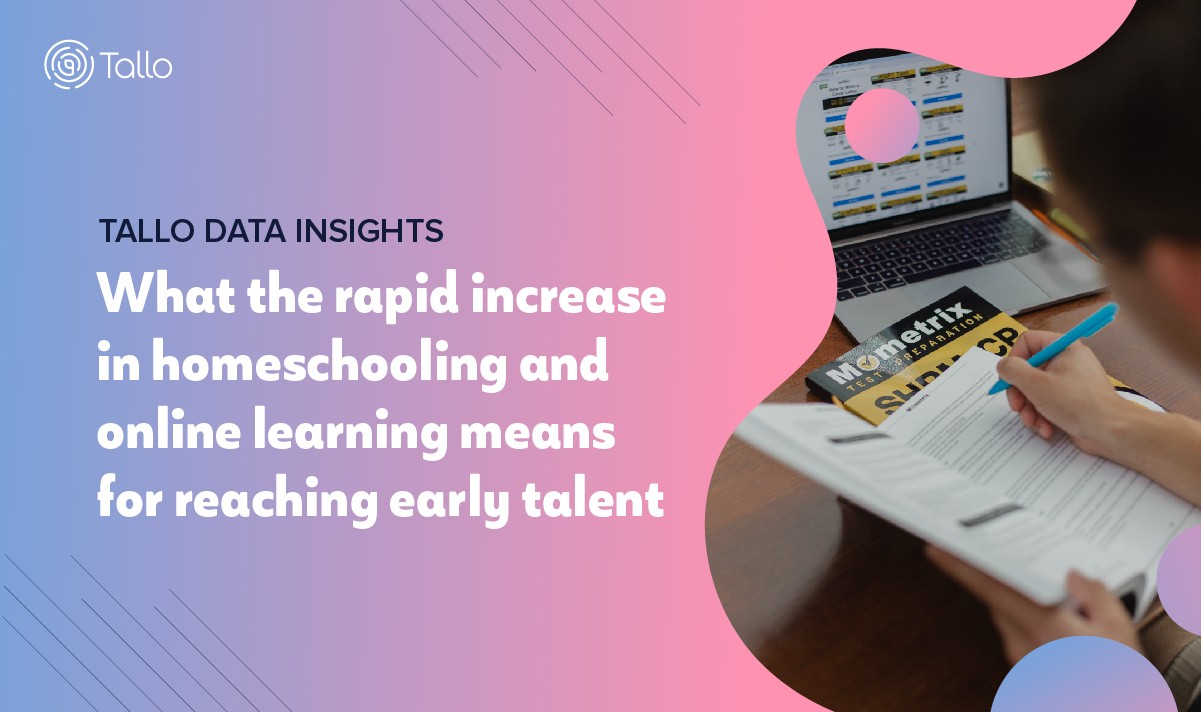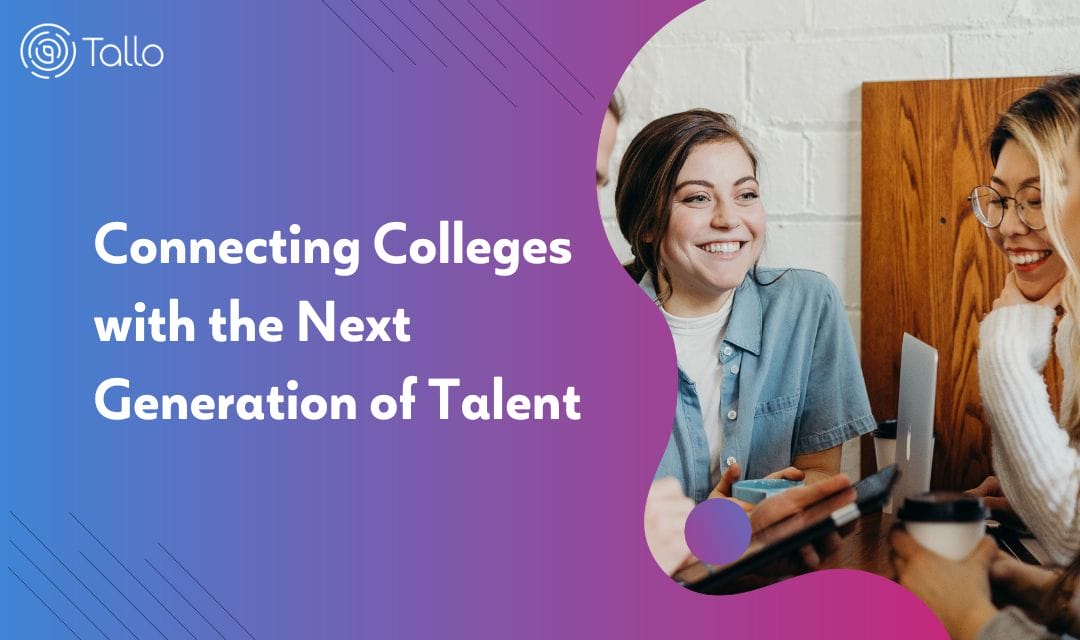College enrollment Is Declining
Enrollment decline is one of the larger and more notable trends in education these days. According to the National Student Clearinghouse, undergraduate enrollment declined by some 727,000 in one year. And new fall enrollment figures indicate that the downward trend is only continuing. Over the past two enrollment years, postsecondary enrollment has decreased by 6.5%. The number of students going from high school directly to college decreased by 7%. Enrollment in public K-12 schools declined even more. In one year, America’s school system dropped by an enormous 1.5 million students.
In any other moment, this would be nearly inexplicable. But the experience of traditional schooling has changed enormously over the past two years. Work has been similarly disrupted, which has led to massive numbers of people switching jobs, moving, and working almost entirely remote.
Could any of us have foreseen the massive changes our society would undergo in just two years? And one of the biggest trends to emerge, the massive and unprecedented rise of distributed work, has affected the labor market and education equally.
Families, who in other circumstances would never have strayed from the mainstream model, are opting out in droves. But that doesn’t mean they are opting out of education. So what exactly are these millions of people doing now?
Homeschooling — and other alternative forms of learning — are on the rise
During the disruptions of the past two years, families have explored online learning, hybrid learning, homeschooling, and other options or alternatives to the baseline public school model.
One of the more notable trends (at least where we have good data available) is the huge increase in families that have opted for homeschooling.
There was a 21% increase of homeschooled talent joining Tallo from Q1 2020 – Q1 2021. And amazingly, now that school has started back up, the trend continues on an even more rapid pace. Over the next year, we predict that the year over year growth of homeschooled talent joining Tallo will increase to 30%-50%.

Tallo’s data is borne out by the US Census Bureau. According to the Household Pulse Survey, in May of 2020, only 5.4% of families were homeschooling. But by the fall, that number had risen to 11.1%.
This jump of nearly 6 percentage points is unprecedented. Since 2012, the percentage of families homeschooling has held steady at a modest 3%.
What’s driving the spike in homeschooling and virtual learning?
The reasons behind longer term trends are doubtless complex, but the most likely candidate for recent changes is the COVID-19 pandemic. Restrictions aimed at curbing the spread of the coronavirus meant that in-person schooling was shut down, in some places, for a year or more. Many parents and children alike found remote learning frustrating, with some surveys associating the new educational model with significant learning loss. And since remote learning required much more parental supervision than in-person school, a significant benefit of traditional schooling for parents disappeared. If they were going to be functionally serving as their child’s home educators anyway, some parents probably reasoned, why not get rid of the screens?

Black families have only recently turned to homeschooling in significant numbers. The Census Bureau found that, by October 2020, the nationwide proportion of homeschoolers–parents who had withdrawn their children from public or private schools and taken full control of their education–had risen to more than 11%, from five percent at the start of the pandemic. For Black families, the growth has been sharper. Around three percent of Black students were homeschooled before the pandemic, according to a recent New Yorker article. Now, according to Census’ Household Pulse Survey a staggering 16% percent are. Families who identify as Hispanic went from 6.2% to 12.1%. Again, these are unprecedented changes that, frankly, nobody was expecting.
What the Increase in Homeschooling Means For Companies
So, let’s talk about some of the implications of this on “early talent.” Such trends continue to drive home a central point: disruptions in learning and work are scattering talent far and wide. Traditional methods of reaching and recruiting these people are being upended. The question before us is: how can companies reach an ever-distributed audience?
In an era of talent shortage, companies simply cannot afford to ignore 11.1% of the next generation of talent. Finding a way to reach homeschooled students may be particularly critical for companies trying to reach ambitious diversity, equity, and inclusion goals as surprisingly high numbers of minority students opt out of more traditional forms of education.
Homeschoolers represent unique challenges for businesses trying to connect and build long-term relationships with early talent. Crucially, they tend to be much less tied to any particular institution than their peers. You can’t reach them by showing up at a high school college or career event.
Three key principles for connecting with early talent – including those in homeschool and virtual learning programs
For the past few years, we’ve been working on better ways for companies and colleges to connect with early talent. And because so many homeschool students are now using Tallo, we are uniquely positioned to connect these overlooked students with companies hungry for their skills, minds, and energy.
Crucially not only are these students very interested in learning and work opportunities, but they’ve told us exactly what they are interested in pursuing. Instead of pouring time and resources into guessing-game approaches that don’t work, companies are letting data-driven platforms do the work for them–and getting better returns on their investment for decades to come. Most recently, we have been able to also work with industry leaders that specifically pursue homeschool students. And the methods we have been using have been very successful.
Here are the principles that successful companies (and colleges) are using to get in front of these smart, motivated students and to create a solid pipeline for future talent.
- Connect early and often: It can’t be said enough. The next generations of the labor force will be smaller than companies are used to. To hire talent from a smaller pool, winning firms are making students aware of opportunities well before they graduate from college or even high school. These companies are starting to shift their methods from connecting solely on an institutional level to connecting on an individual level based on interests and aspirations. Instead of just asking, “Which colleges should I visit to find new recruits?” they’re asking, “How do I form a relationship with students that have the same interests and values as our firm, and how do we engage them in a way that lasts through every stage of their career?”
- Meet students where they are. If they’re not in classrooms, reach out to them individually with digital and mail campaigns. With Tallo, companies are actively sharing internships, apprenticeships, and learning experiences geared to students that students can use to enter the world of work at these large firms. Such programs can be integrated into a homeschooling or virtual learning model and are highly attractive to students because they allow them to get a sense of the work and to gain much-needed skills and experience in the process. If it goes well, there is likely a job at the other end. This savvy strategy is helping these companies recruit people who are a good fit and get them interested early on in the game.
- Pay attention to how early talent wants to be treated. It’s tempting to think that to connect with a younger generation, you need to pass yourself off as the younger generation by mimicking Tik-Tok trends or hiring Instagram influencers. But in fact, early talent doesn’t want to connect with employers via Tik Tok. When polled, 94% said they would prefer to be contacted by employers by email and 53% LinkedIn.
Essentially, today’s high school and college students are plenty happy to “grow up” and use the tools and techniques that have been broadly used in the labor market for many years. Don’t be condescending. Pursue and treat them like adults who are interested in entering the world of work – especially in careers and callings that they can really pursue with great interest and fulfillment. Early talent is eager to work and ready to be treated as adult professionals: recruiting strategies should reflect this reality.
Covid-19 restrictions won’t last forever–and many schools have already shifted back to in-person learning. And we aren’t totally sure what the future homeschooling vs traditional schooling will look like, but we can say with a great deal of certainty that people will likely continue to embrace the expanded educational options out there today. There’s no reason to think the homeschooling trend is a flash in the pan and to engage this more distributed early talent, recruiting strategies need to adapt accordingly.
Looking for more insights on how you connect with early talent? Request a demo.
Subscribe to receive Tallo Data Insights
straight to your inbox!






